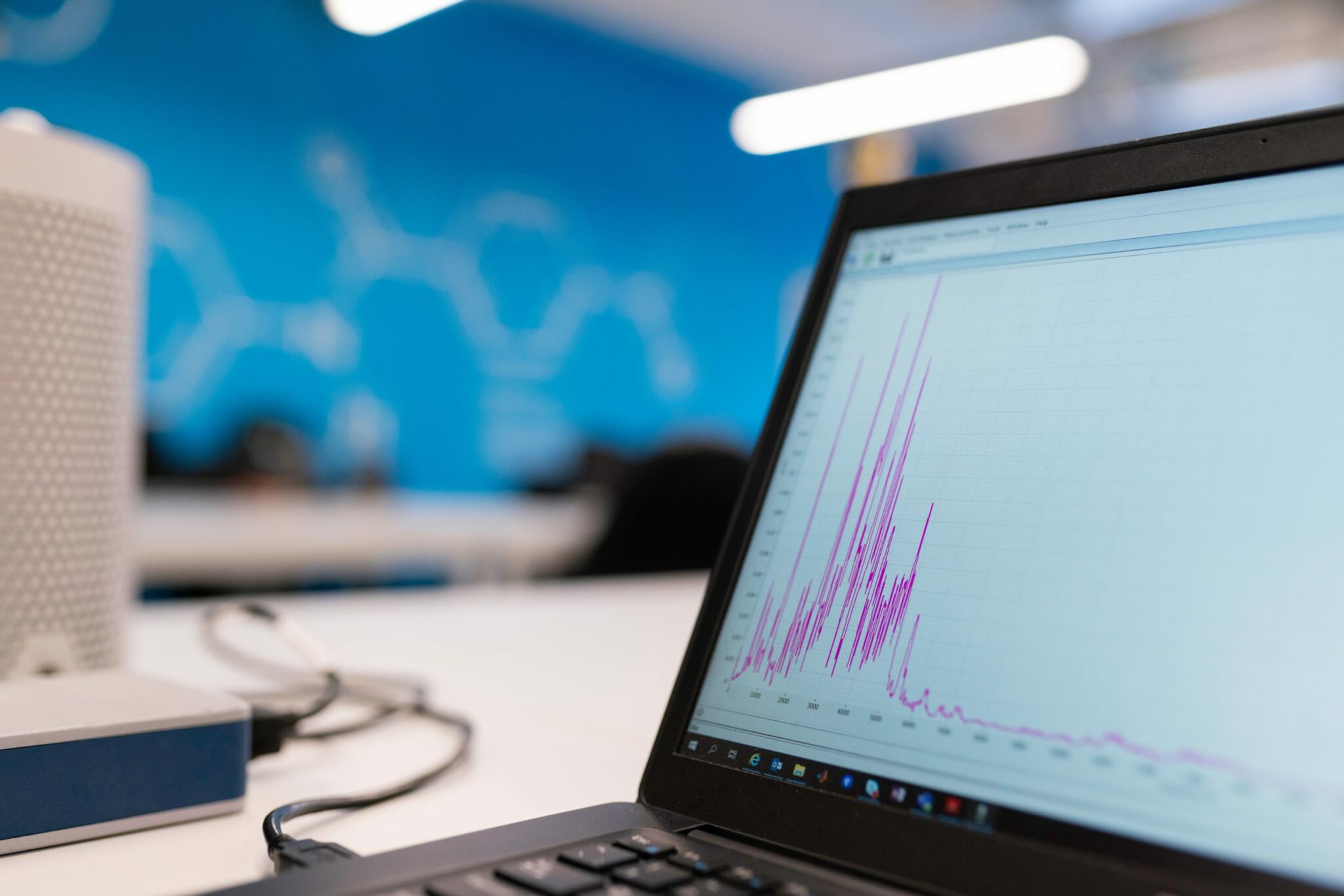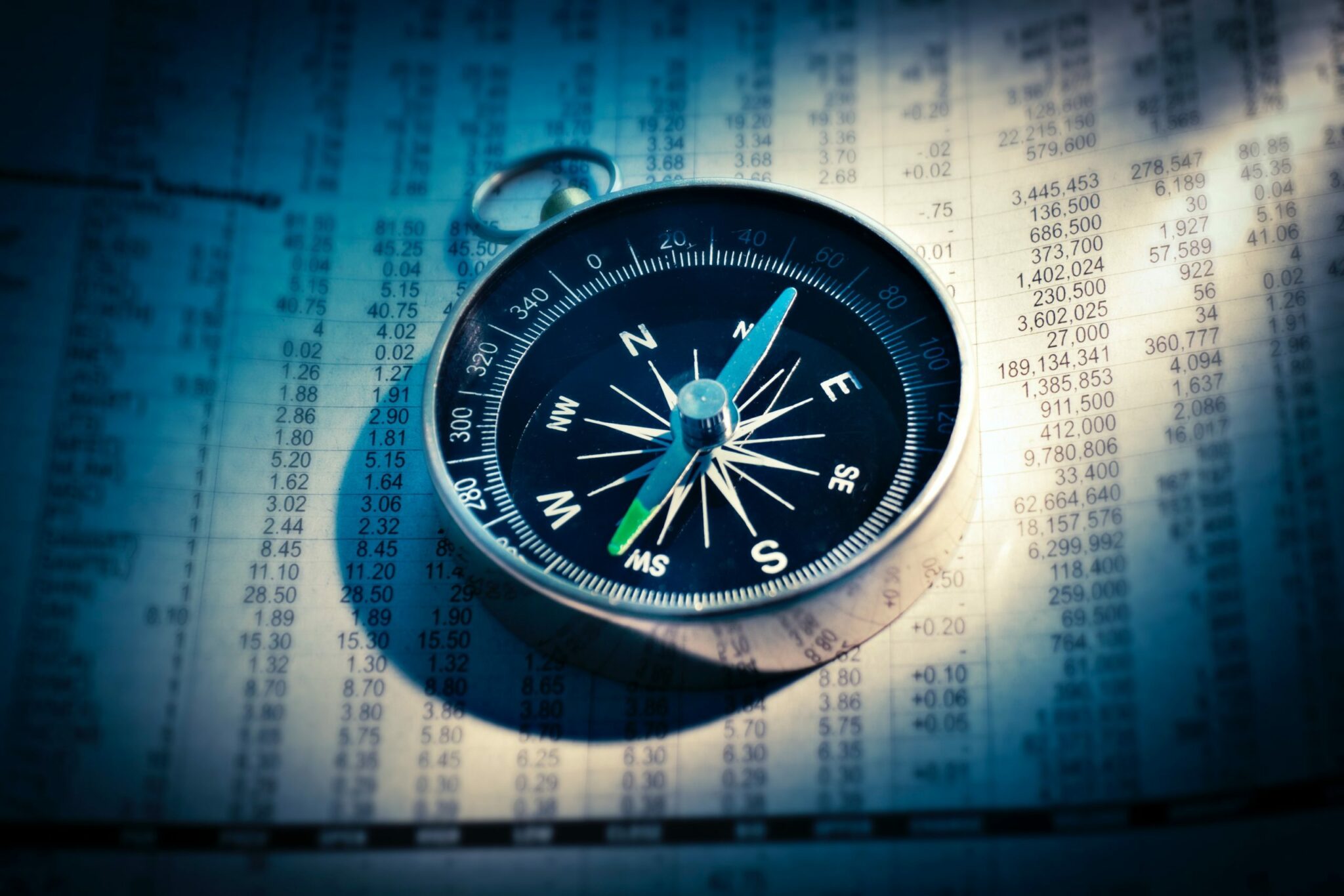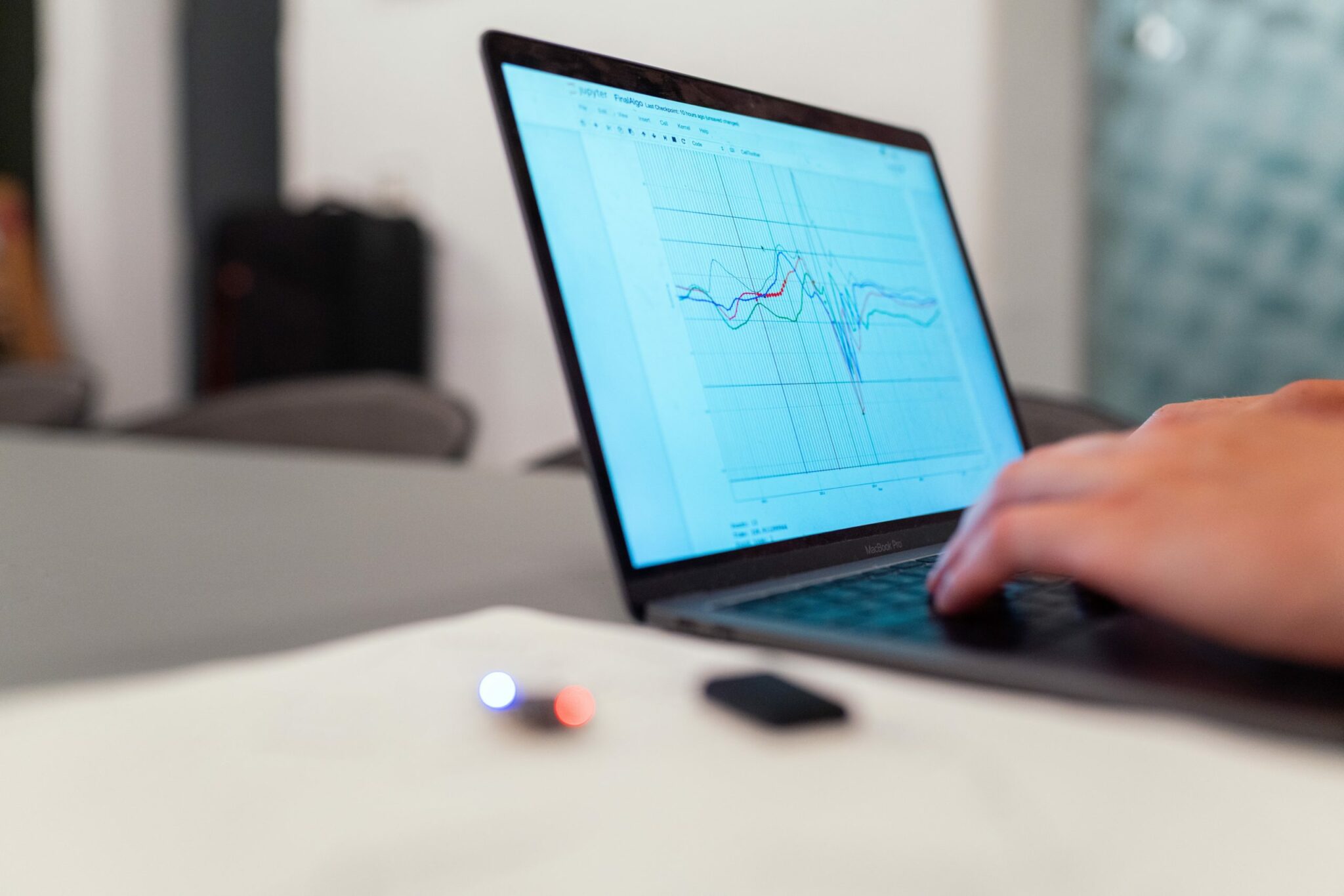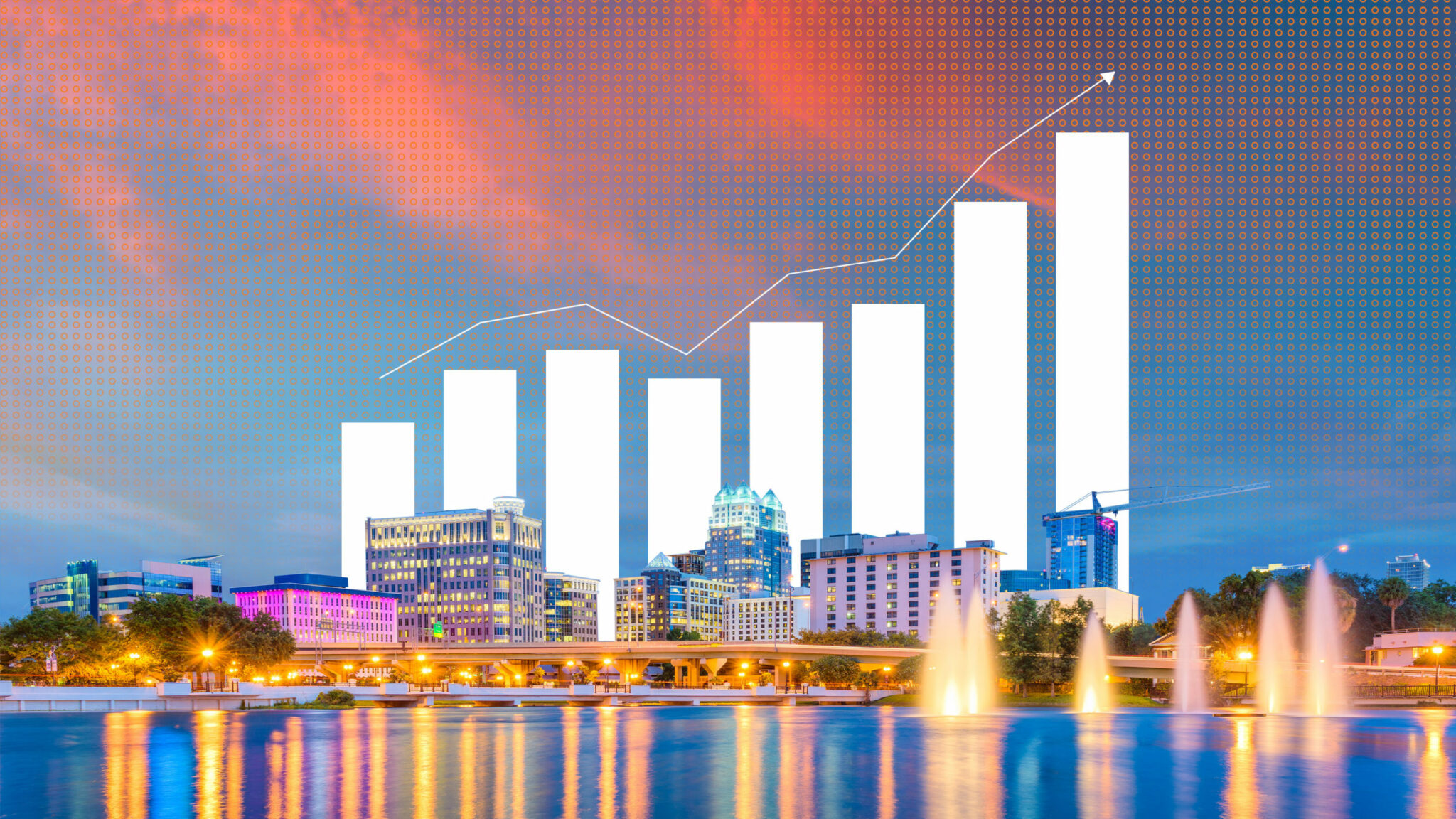Lessons learned from previous economic contractions provide a sense of what can be expected in the wake of the COVID-19 Recession.
Beyond the obscure data points used to determine when a recession starts and how long it lasts, there are very human stories of lost income, food insecurity and toxic stress. What is clear from both economic indicators and life experiences is recessions cut into our everyday lives, causing debilitating injuries and leaving lasting scars. Lessons learned from previous economic contractions provide a sense of what can be expected in the wake of the COVID-19 Recession.
The Great Recession officially lasted from December 2007 to June 2009 according to the Nation Bureau of Economic Research. Unemployment doubled. The pain of the recession was felt most deeply by those already facing structural disadvantages, defined here as inherent differences in access to economic opportunity. To wit, the unemployment rate for Blacks in 2007 stood at twice that of Whites (8.3 percent and 4.1 percent, respectively). In 2009, unemployment for Blacks hit 15.8 percent versus 9.2 percent for Whites.
Deep cuts take a long time to heal. It took seven years to return to what economists once considered “full employment”—when everyone who wants a job can find one. It took four years for the average income of the top five percent of wage earners to return to pre-recession levels. Middle-class average incomes took nine years to recover; meanwhile, the bottom 20% of wage earners never recovered. The labor market lagged in recovery as mismatches between jobs and skills (underemployment) became pervasive. In worst case scenarios, many job seekers simply gave up trying to find work.
Consistent with systems of all kinds, shocks to one structural element reverberate and impact others. The Great Recession slowed business formation. Private investment needed to yield long-term growth contracted by 21 percent. As tax revenues suffered, public investment necessary to sustain critical services in the short-term and infrastructure maintenance diminished. Added pressure to close government budget gaps to maintain constitutionally mandated balanced budgets translated into reduced spending on education and public health.
Imagining the recovery from the COVID-19 Recession with better outcomes requires an evolution in thinking and action.
Dale A. Brill, Ph.D., Orlando Economic Partnership senior vice president, Research and The Foundation for Orlando’s Future
The speed and size of the response to shore up financial markets, while mitigating the shocks to the supply and demand sides of the equation, suggests those charged with prescribing remedies for the current economic contraction synthesized the teaching moments from the Great Recession.
Considerable consensus, which is rare for economists, suggests the Great Recession made evident the need to respond quickly and with increasing use of fiscal policy (government spending). Such actions are seen as necessary to prevent devastating losses to the nation’s employment base and fuel spending needed to sustain economic activity.
Accordingly, Congress and the Federal Reserve have combined to reach roughly $9.5 trillion in COVID-19-related spending over three months (March – May), which is more than they spent to counter the impact of the Great Recession over a five-year period. Calls continue for subsequent government outlays, including up to another $1 trillion to address the pending budget crisis expected at state and local levels.
History teaches that the impact of recessions is not equally felt across the various segments of society.
Dale A. Brill, Ph.D., Orlando Economic Partnership senior vice president, Research and The Foundation for Orlando’s Future
Short of a crystal ball, it’s impossible to precisely predict the lingering effects of the current economic contraction. But we can get a sense of what may lie ahead by examining the past. As Shakespeare suggested in The Tempest, “What’s past is prologue.”
It’s becoming ever clearer that neither the spread of the novel coronavirus nor the trauma it is inflicting on the economy are over. If we’ve learned anything from the last Great Recession, the pain we’re feeling now foreshadows a long, costly and unequal recovery.





